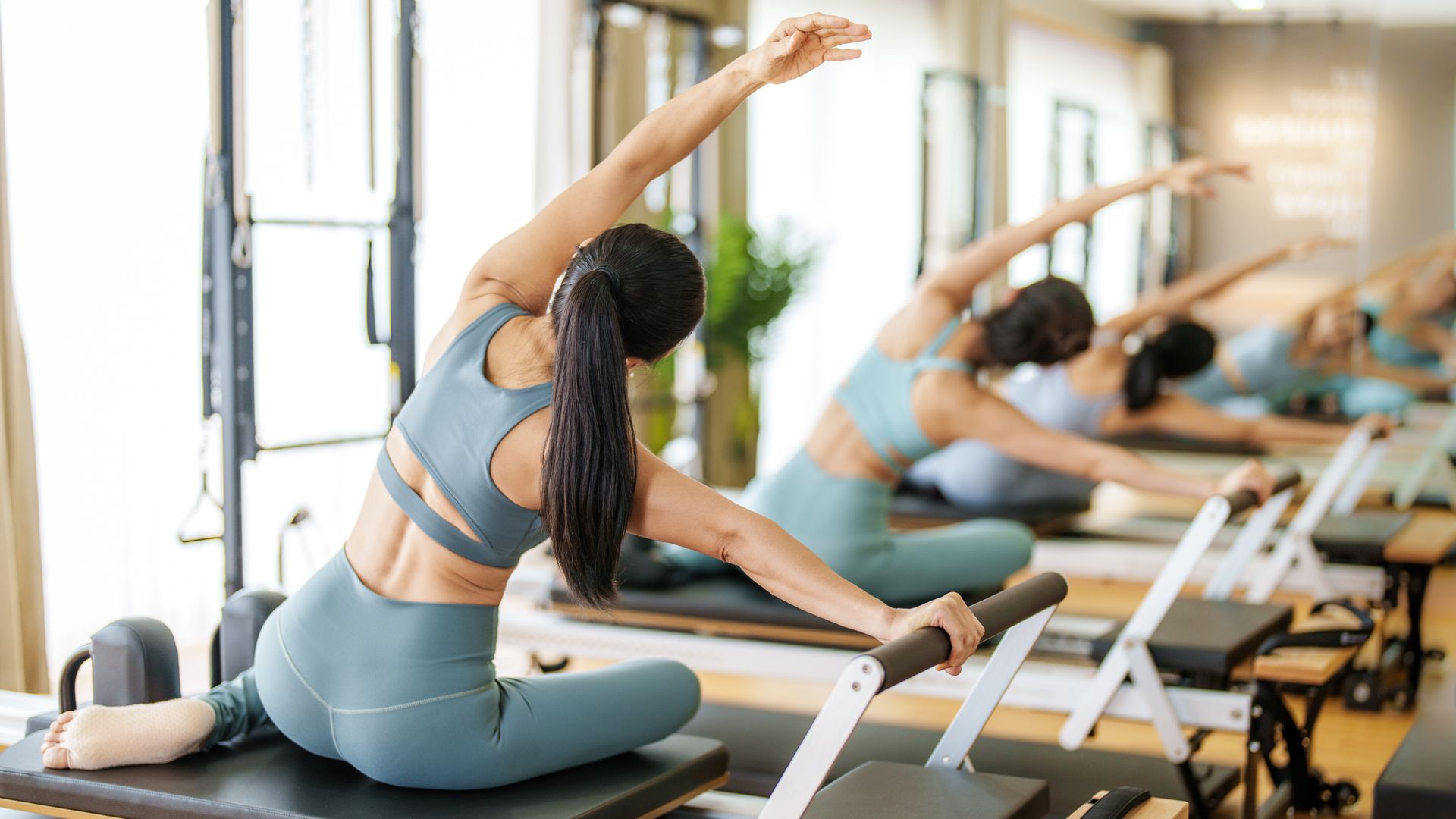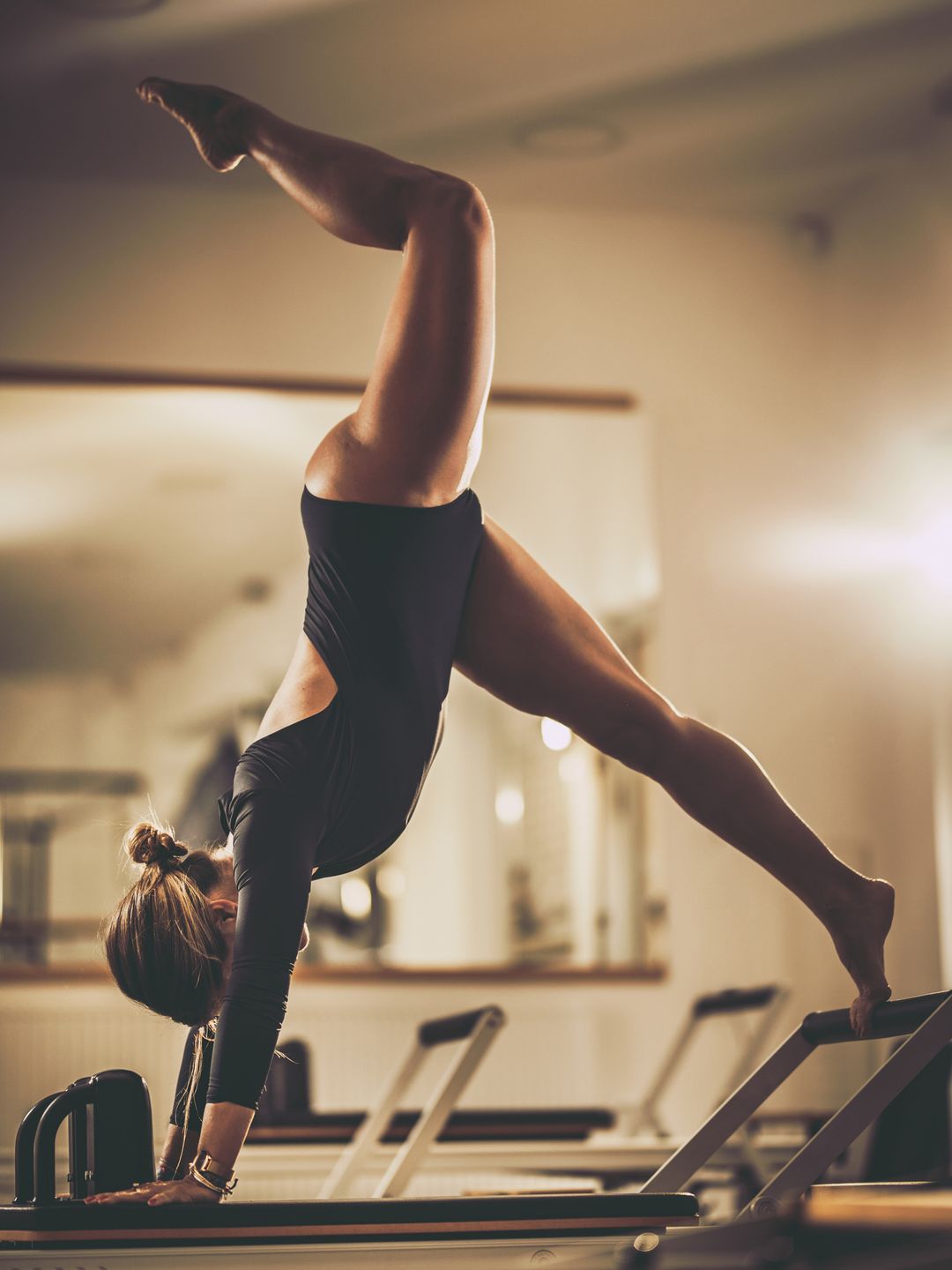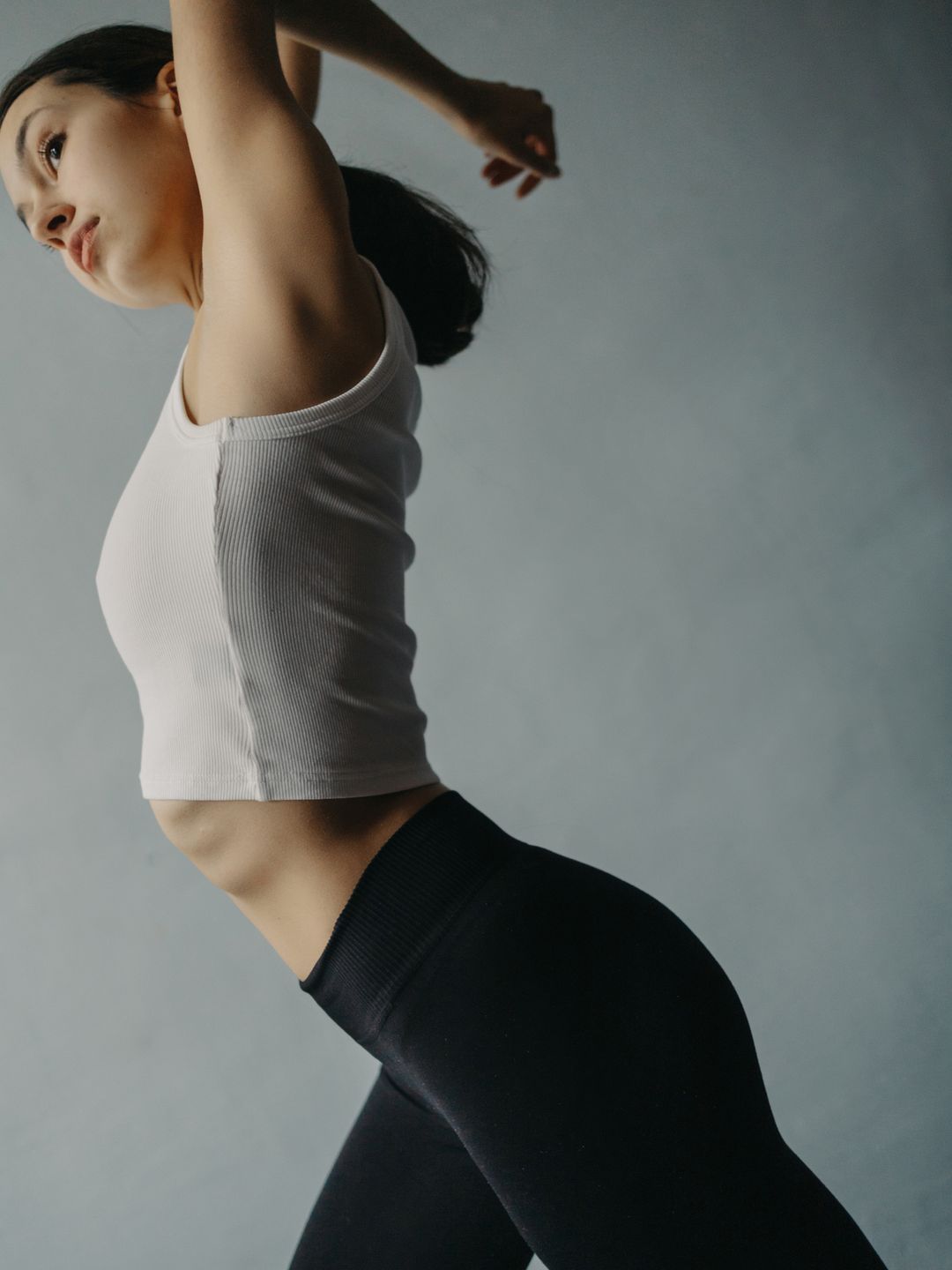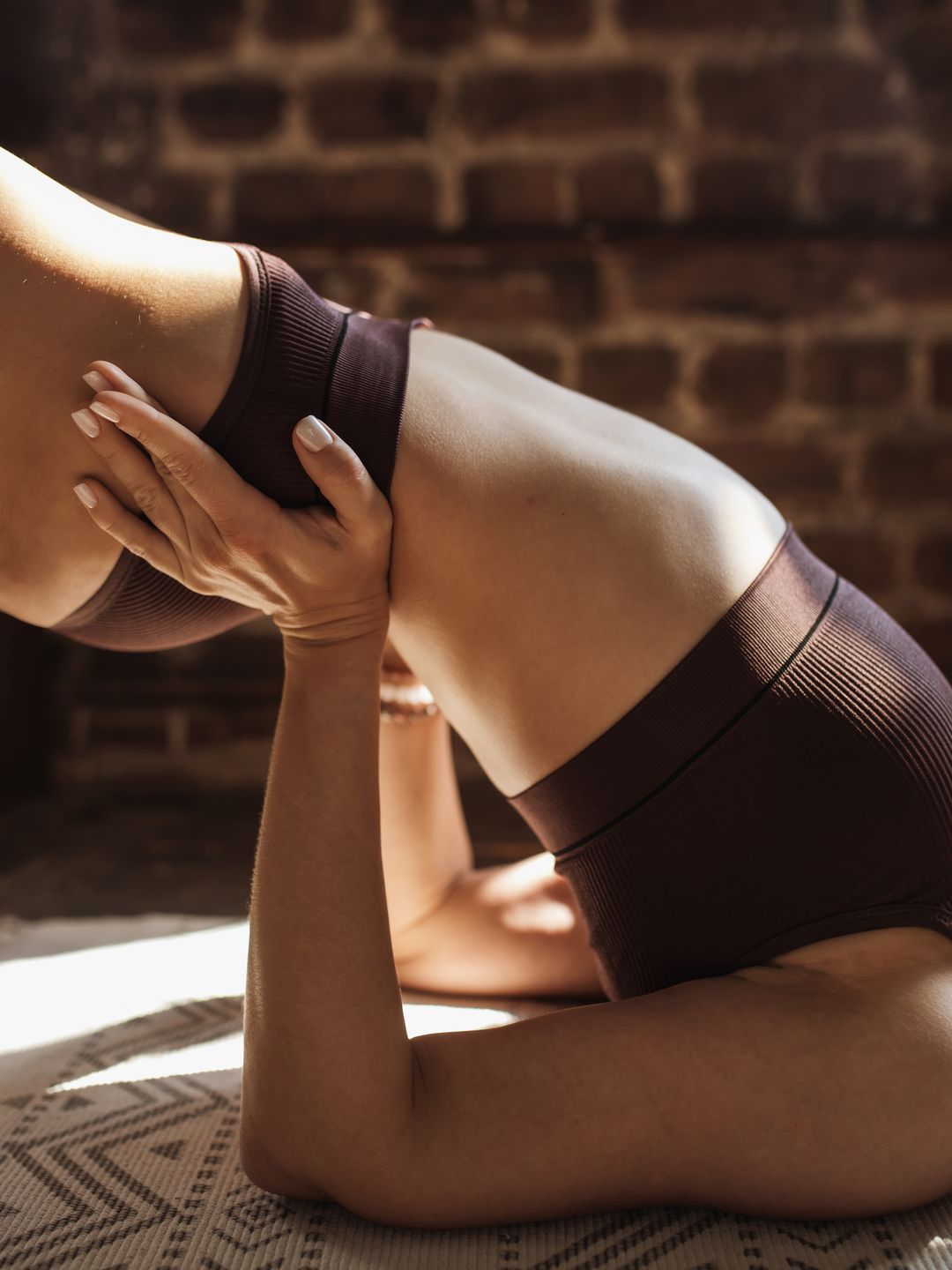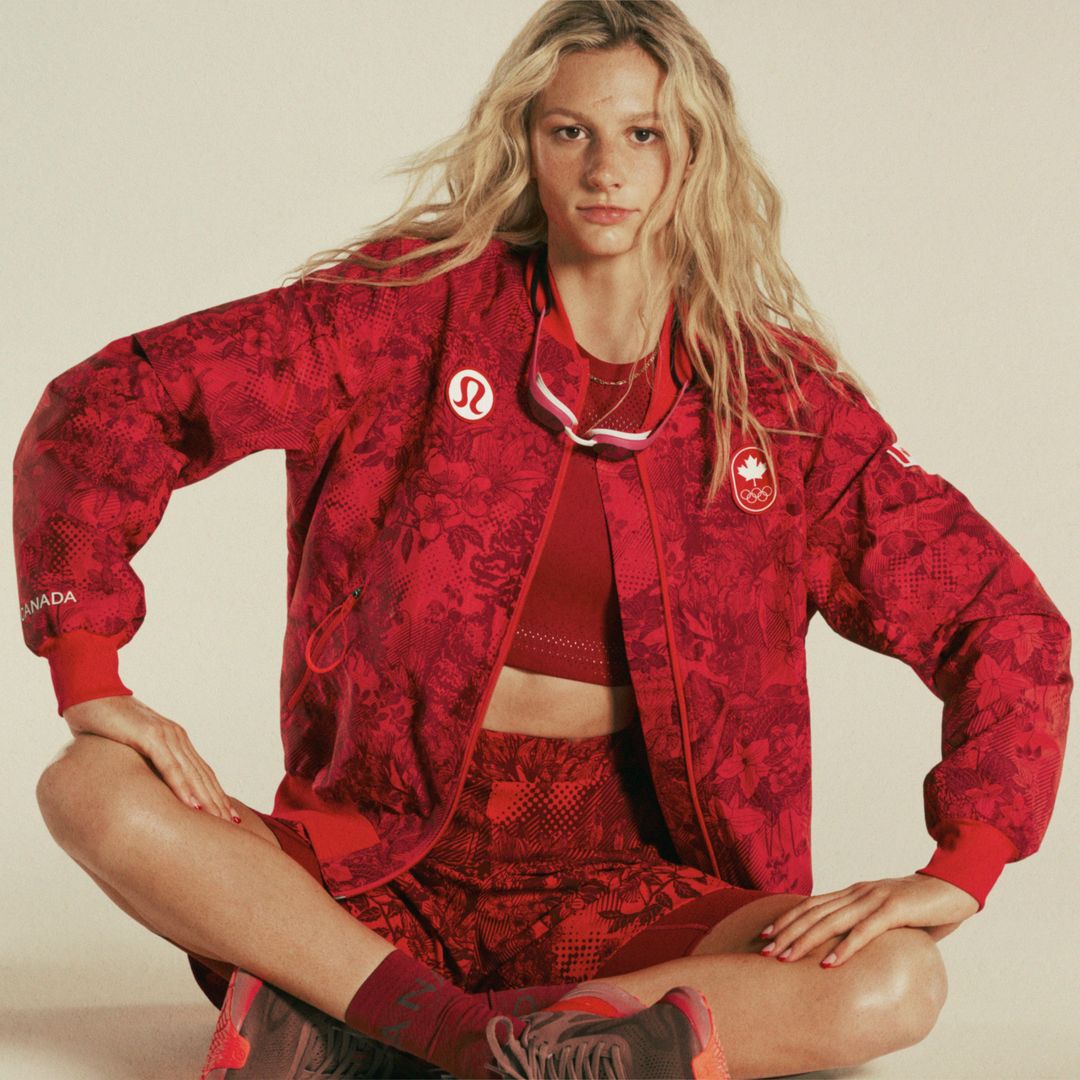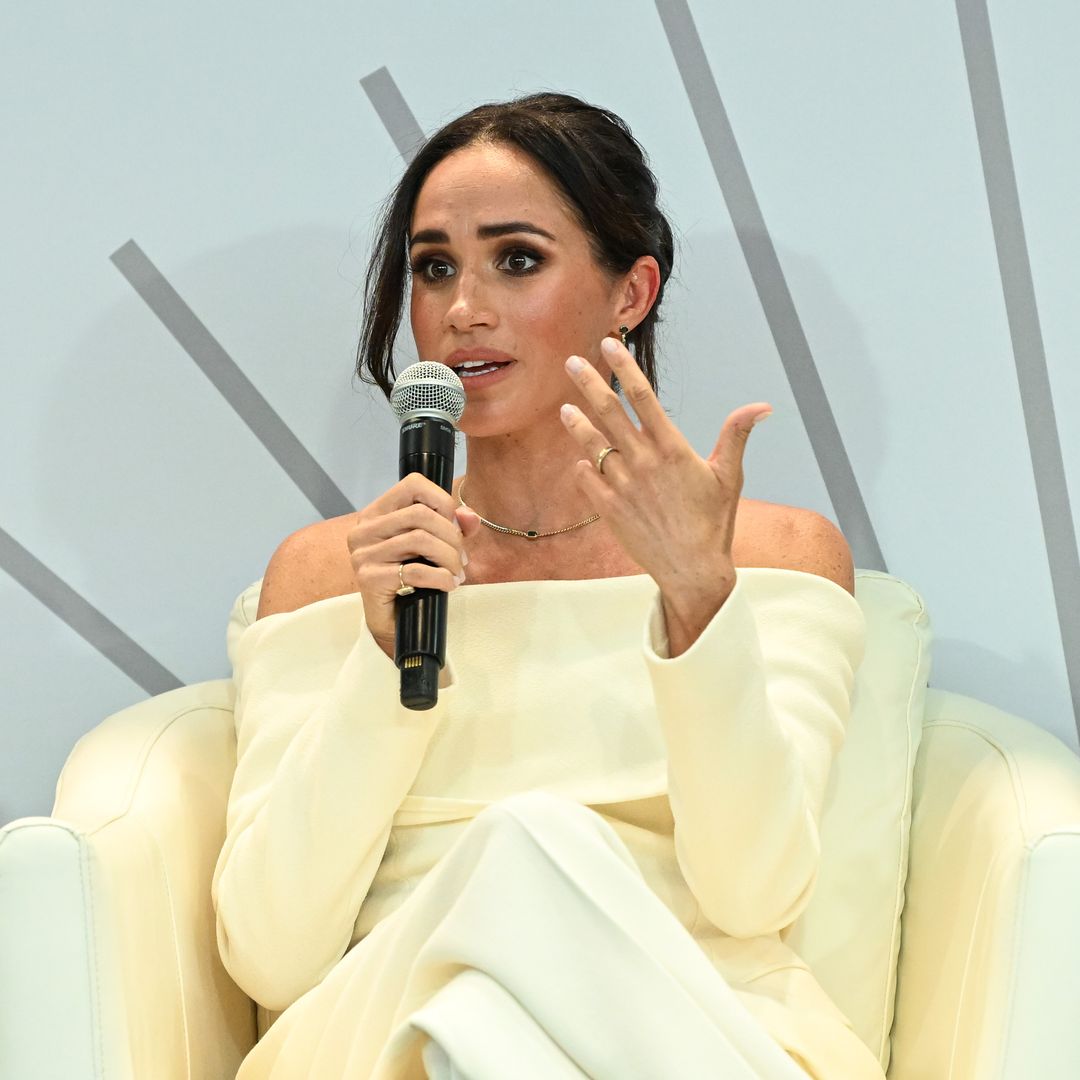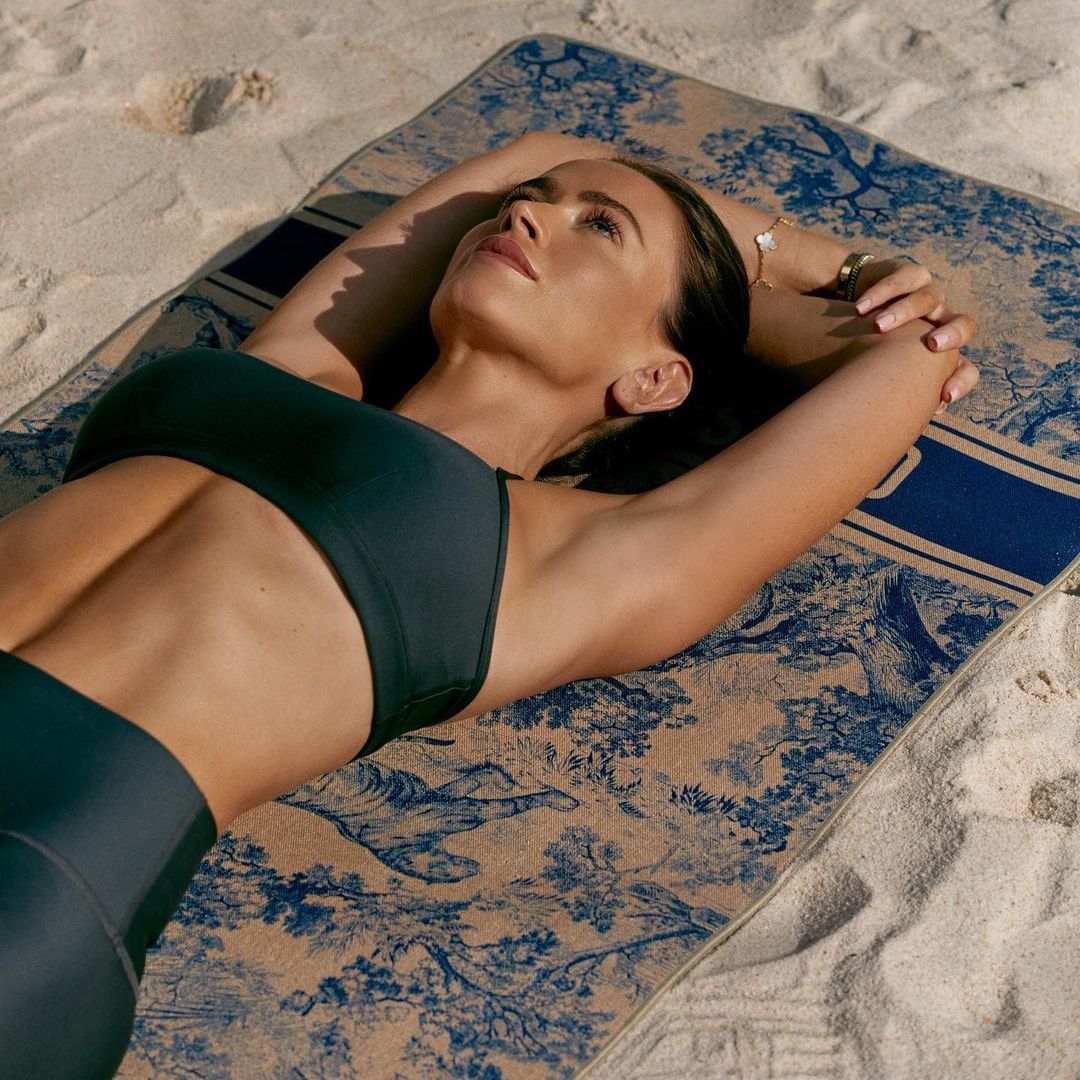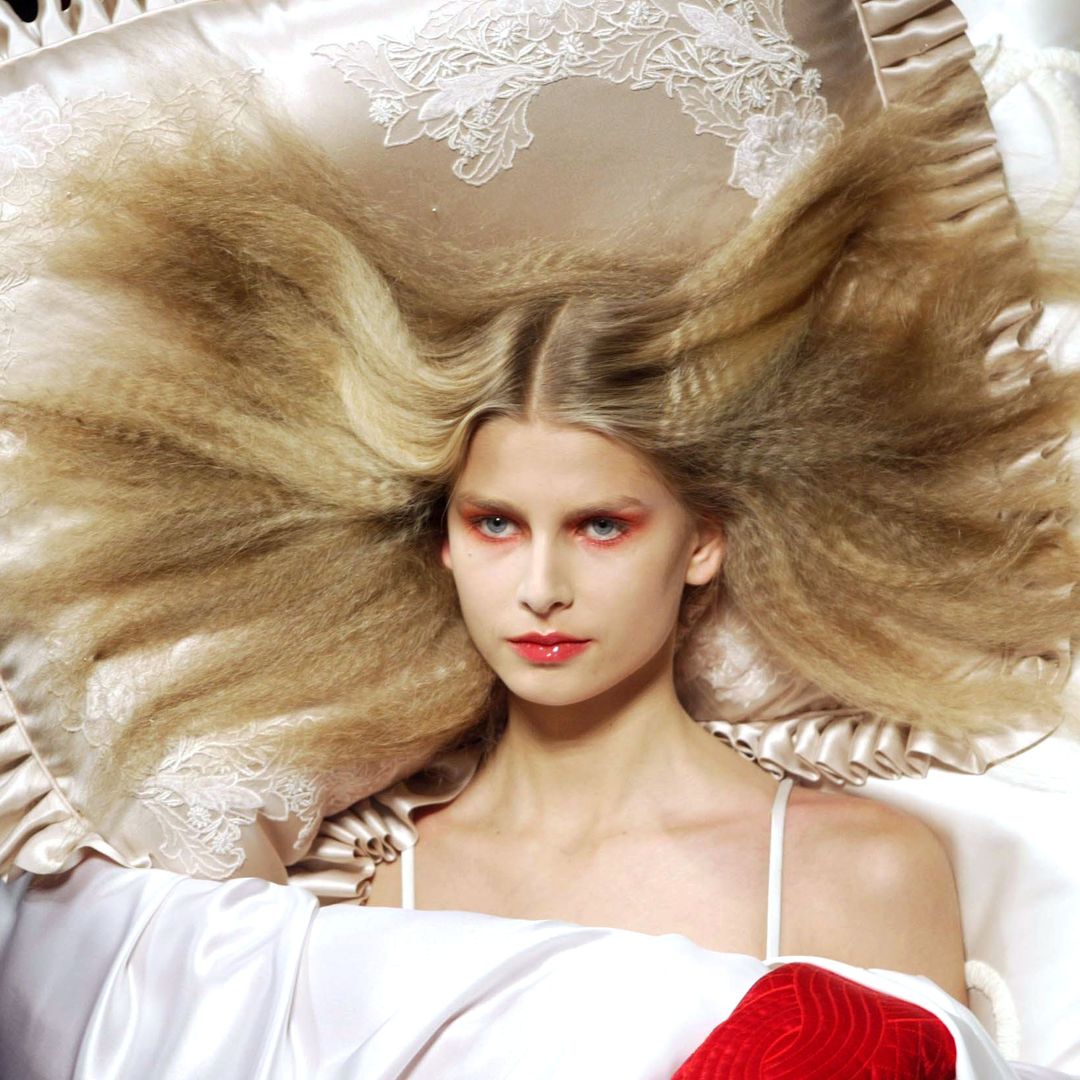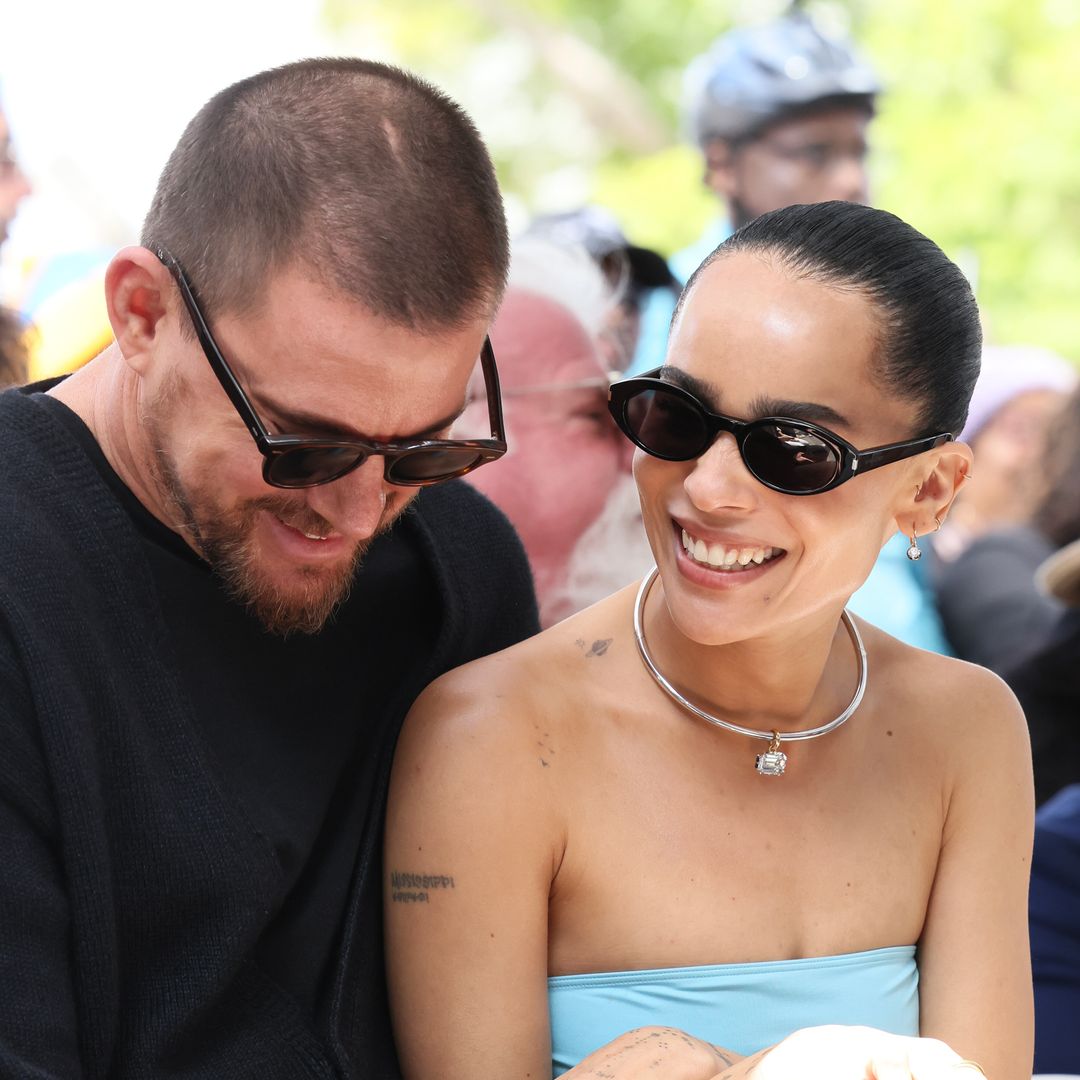Just because a workout doesn't make your heart rate skyrocket and leave you breathless, doesn't mean it's not still boosting your health.
A blast of cardio is all it takes to get the endorphins going, but it would be remiss to overlook the merits of slower paced, low-impact exercise.
Yoga and Pilates are hugely popular, often mistakenly conflated. Granted, they have much in common, both are suitable for all fitness levels, and broadly work towards improved flexibility, strength and balance – but they are actually fundamentally different.
The best workout for you will depend on what you are trying to achieve. In essence, the ancient Indian practice of yoga is a blend of breathwork, movement and meditation, with the overarching goal of uniting the mind, body and spirit. It has a stronger connection to mindfulness, whereas Pilates, brainchild of 1900s German innovator Joseph Pilates, is more about bodily awareness, core strength and stability, hence why it is often prescribed as physiotherapy to people recovering from injuries.
What is Pilates?
Promising to deliver "the ultimate blend of strength, stability and flexibility" according to Nobu Pilates founder and leading London instructor Marsha Lindsay, the discipline is a full-body, low-impact workout.
Traditionally, Pilates is performed on a mat or apparatus created by its eponymous inventor, German gymnast and boxer Joseph Pilates. He developed the method, originally called "Contrology", in the 1920s, inspired by his time spent supporting fellow internees at Knockaloe prisoner-of-war camp in the Isle of Man during WWI. Joseph believed the mind and body were interconnected and set about devising a series of exercises that could enhance both simultaneously.
The It-girl-approved offshoot, Reformer Pilates, is currently soaking up the limelight, but its main piece of equipment, the Reformer – closely resembling a medieval torture instrument to the uninitiated – is actually one of Joseph's original inventions, harnessing "spring resistance to improve power and control within your body".
MORE: 18 luxury gyms and fitness classes to try in London in 2024
READ: The 7 best Stress & Anxiety Relief Gifts to give in 2024
Of course, Pilates can be done without the extra paraphernalia. "Every session you will learn how to connect with deeper muscle groups to find balance in the body," Marsha explains. "It also brings awareness to better posture by taking a 360° view of your body's alignment."
What are the benefits?
Slow, controlled movement, performed on a regular basis, should result in improved strength and posture. Pilates devotees have a deep awareness of their "mind-body connection”, and this can aid development, "for instance, matching breath to a movement to increase endurance".
It also helps overall flexibility and mobility, keeping the joints supple, "important for all of us as we age," as Marsha rightly points out, since "we want to be moving well for as long as possible".
"Striving to achieve these elements empower us to be the master of our bodies both mentally and physically," Marsha explains. "With this knowledge and ability to move and think mindfully, it can be applied to training, stress management or handling day to day issues better. These principles are the heart of Nobu Pilates classes and strive to propel our clients' personal progression in anything they do."
Who is it suitable for?
Like yoga, the beauty of Pilates is that the core movements are adaptable for different abilities. "Whether you are new to fitness, striving towards a strength goal, rehabilitating an injury or wanting to continue working out during pregnancy, there is something to support every need or imitation," Marsha says.
In fact, her own entry into the world of Pilates began simply as a means of rebuilding strength, following an injury. "I was immediately drawn to it after my own personal experience with injury and using Pilates as a method to rehabilitate that I decided to embark on the teacher training programmes," Marsha says.
"I now have 13 years teaching experience, and since launching Nobu Pilates three years ago, the brand has gone from strength to strength. I will never get bored of Pilates!"
READ: 10 Gym hair ideas that won't budge during your workout
What is yoga?
Yoga, on the other hand, is much older in origin. Hailing from India and dating back to over 5,000 years ago, the practice aims to unite the body, mind and breath, with an emphasis on spirituality.
Traditional yoga, focused around meditation and releasing attachment, is different to the modern Western world's typical yoga class, which tends to involve various balances, stretches and strengthening postures (known as asanas), targeting bodily awareness and a calmer, more focused state of mind.
"If you've never experienced a yoga class before, expect a mindful movement practice that is focused equally on your mind and body," explains yoga teacher and wellness authority Heidi Gowthorpe.
"It will include moments of stillness and meditation, lots of balance, strengthening postures and stretches and will always finish with relaxation. The general feeling of leaving a yoga class is one of relaxed, yet energized bliss!"
What are the benefits?
Owing to its holistic approach, one of the key advantages of yoga is that it leans into the close connection between the body and the mind, promoting unity. "On a physical level, yoga uses the whole body rather than one particular body part, so is brilliant for improving overall balance, flexibility, strength and posture," Heidi explains. "It's also an incredibly gentle and low-impact form of movement so is brilliant for injury prevention and rehabilitation."
The practice is underpinned by breathwork (pranayama), which can be linked to stress management and increased relaxation. Studies even indicate that it can help improve sleep quality and regulate the nervous system.
Heidi was initially drawn to yoga as a means of reframing her relationship with her body and exercise. "I used to dance professionally and when I stopped, I found I didn't know how to move my body without it being punishing or gruelling," she explains.
"I think a lot of people share this unhealthy relationship with moving our bodies. We fall into the trap of thinking that exercise is about the calories burnt or the shape of our bodies on the outside. But moving our bodies should be fun and joyous. Yoga was for me an education in learning how to move my body for the sole reason that it feels really good! It has taught me how to nourish my body, to listen to what I need and what feels good. It has had a huge impact on my mental health and wellbeing."
Who is it suitable for?
Yoga is a valuable form of exercise, designed for everybody, irrespective of age or ability. Plenty of the different forms can be adapted for beginners, and if you're keen to lean into the mindful element, breathwork can be great for inviting relaxation and calmness into your life.
"The different styles can be a little overwhelming if you're a beginner," Heidi acknowledges. "I would recommend a practice such as Vinyasa yoga (a flowing and creative class with a focus on the breath) or a slow flow class if you are a complete beginner. Lots of studios will offer a beginner-friendly class on their schedule, and I would recommend doing a bit of research before joining a class or a studio to see if they have a class specifically for beginners. Also, I would encourage mentioning to the teacher that you're a beginner at the start, that way they can offer you variations and tips throughout."
Yoga vs. Pilates: Which is better?
As for the million-dollar question, the verdict comes down to your personal goals and preferences. Both offer a low-impact, inclusive workout that will help you work towards increased flexibility, strength and balance.
If you're looking to destress and interested in achieving a state of calm, yoga is a solid choice and a slow, breathwork-based style could be a good fit. Whereas if you're looking to improve core strength, rehabilitate an injury or tone your body without the meditational aspect, Pilates will hit the spot.
As with many forms of exercise, the key to success and noticeable benefits is long-term consistency, and so, trialling a few different classes and teachers until you find a style you like is the best way to get hooked.
